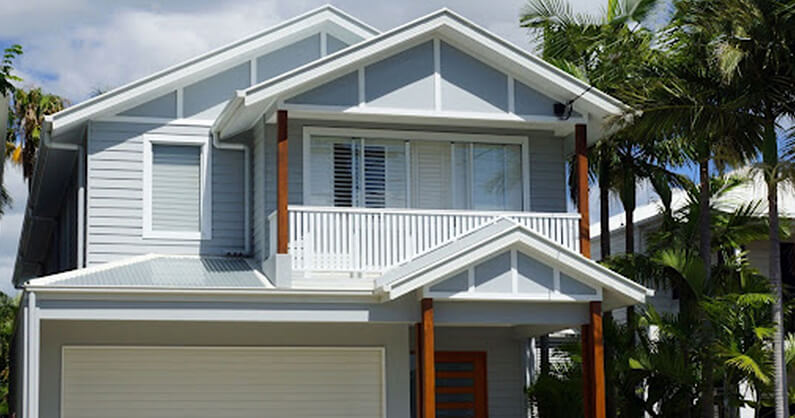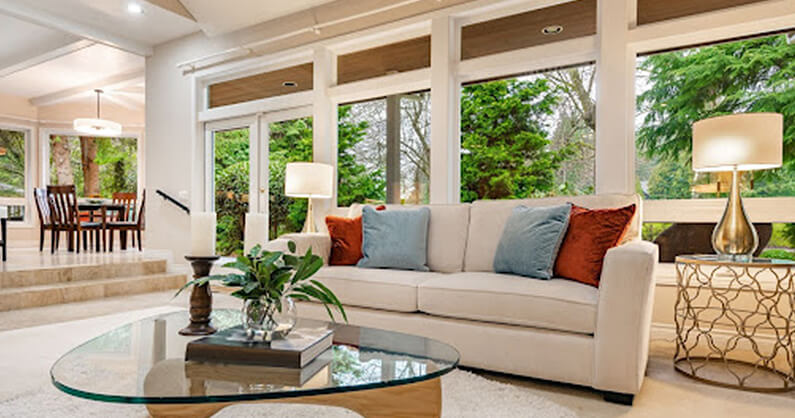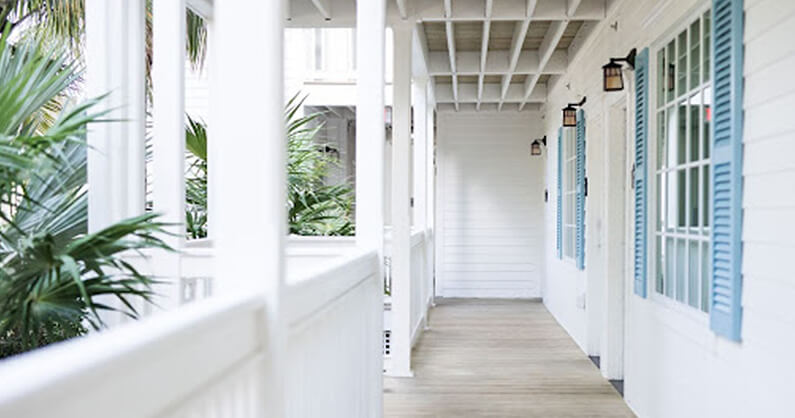CRJ Designer Homes is a locally owned, family operated building company. Since being established in 2006, Michael and his wife Gillian have made it their goal to build quality homes at exceptional prices, with inclusions that most would consider as an extra!
Australian Home Styles: A Guide to Our Iconic Residential Architecture

Australia is a country of diverse landscapes, cultures, and climates, and these factors have greatly influenced the development of its residential architecture. Over the years, Australian home styles have evolved to reflect not just the changing tastes of the population, but also the unique environmental challenges that come with living in such a varied continent. From the classic Queenslander designed for the tropics to sleek, modern homes that cater to urban living, Australia's architectural landscape offers a fascinating mix of history, innovation, and adaptability.
In this guide, we’ll take you on a journey through the iconic Australian home styles, exploring the defining features of each and how they continue to shape the homes we live in today.
1. The Queenslander

Perhaps the most iconic of all Australian home styles, the Queenslander was born out of necessity in the hot, humid climate of northern Australia. First appearing in the 1840s, this style was designed to combat the extreme weather conditions, offering a practical solution to heat, humidity, and flooding.
Key features of Queenslander homes include:
- Elevated design: Built on stilts or piers, Queenslander homes are elevated above ground level to promote airflow and keep the house cool. This design also helps to mitigate the risk of flooding during the tropical wet season.
- Wraparound verandas: One of the most recognisable features, these wide, airy verandas provide ample outdoor living space while offering shade and protection from the sun.
- Lightweight materials: Traditionally, Queenslanders are constructed from timber, which helps keep the house cooler by allowing it to “breathe.”
- Louvered windows: These windows allow maximum airflow and cross-ventilation, making it easier to keep the home cool without relying on air conditioning.
The Queenslander remains a popular architectural style in Australia, especially in tropical and subtropical regions. Modern iterations have kept the elevated design while incorporating contemporary finishes, making it a perfect blend of classic and modern.
2. Federation Homes

Emerging in the late 19th and early 20th centuries, Federation homes are one of the most picturesque and decorative Australian home styles. With elements inspired by British Edwardian architecture, Federation homes were designed to reflect Australia's newfound identity as an independent nation following Federation in 1901.
Key features of Federation homes include:
- Red brick exteriors: These homes are typically constructed from red brick with decorative detailing, often in contrasting shades.
- Decorative timber fretwork: Intricate timberwork can be found in gables, on verandas, and around windows, giving the homes a highly ornamental appearance.
- High-pitched roofs: Often featuring terracotta tiles, the steeply pitched roofs of Federation homes are another defining feature.
- Bay windows and leadlight glass: Large bay windows and stained or leadlight glass are frequently used to create light-filled interiors with a touch of artistic flair.
- Wide verandas: Like many traditional Australian homes, the veranda is an important part of the design, providing outdoor living space and a transition from the inside to the garden.
Federation homes continue to be highly sought after, especially in older suburbs of major cities like Sydney and Melbourne. Their distinctive character and craftsmanship make them a favourite among those who appreciate heritage architecture.
3. Mid-Century Modern

Australia embraced the principles of mid-century modern architecture during the post-World War II building boom. Influenced by the international modernist movement, mid-century modern homes are characterised by their simplicity, functionality, and connection to the surrounding landscape.
Key features of mid-century modern homes include:
- Flat or low-pitched roofs: These homes often have simple rooflines that complement their clean, horizontal lines.
- Open-plan living: Mid-century modern homes prioritise open spaces and a fluid connection between indoor and outdoor areas, reflecting the relaxed Australian lifestyle.
- Floor-to-ceiling windows: Large windows help blur the lines between inside and outside, allowing plenty of natural light to flood the home.
- Natural materials: Timber, brick, and stone are commonly used to create a harmonious connection with the landscape.
- Minimalist design: Ornamentation is kept to a minimum, with an emphasis on function and form.
The mid-century modern style remains a favourite today, with many homeowners opting to renovate or build homes that pay homage to this era’s clean lines and open spaces.
4. Contemporary Australian Homes

As Australia’s cities have grown and its population has become more diverse, contemporary home design has evolved to reflect modern lifestyles and environmental concerns. Today’s Australian home styles often blend elements from various architectural movements, with a focus on sustainability and innovation.
Key features of contemporary homes include:
- Sustainability: Many new homes are built with sustainability in mind, incorporating solar panels, water tanks, and passive heating and cooling systems to minimise environmental impact.
- Indoor-outdoor living: Large sliding doors, outdoor kitchens, and alfresco dining areas blur the boundary between the inside of the home and the garden or courtyard, creating a seamless flow.
- Minimalist aesthetics: Clean lines, neutral colour palettes, and minimalist design elements dominate modern homes, giving them a sleek, polished look.
- Use of natural materials: Timber, stone, and concrete are popular materials that not only look great but also stand up to Australia’s varied climate conditions.
- Flexible spaces: Contemporary homes often feature multi-functional spaces that can adapt to different uses, from home offices to guest rooms.
The flexibility, sustainability, and adaptability of contemporary Australian homes make them ideal for the country’s diverse and ever-changing landscape. See similar designs in our house plans.
5. Beach Houses

Australia's love affair with the coast is no secret, and beach houses are a quintessential part of Australian home styles. Designed to make the most of ocean views and coastal breezes, these homes are often relaxed, open, and perfectly suited to a laid-back lifestyle.
Key features of Australian beach houses include:
- Open-plan designs: Large, open living spaces are typical, with an emphasis on maximising natural light and capturing sea views.
- Outdoor living spaces: Expansive decks, outdoor kitchens, and dining areas create a seamless transition between indoor and outdoor living.
- Use of natural materials: Timber, stone, and concrete are often used to reflect the natural beauty of the surrounding environment.
- Neutral colour palettes: Soft whites, sandy neutrals, and ocean-inspired blues and greens create a calm, beachy aesthetic.
- Weather-resistant design: Homes are built to withstand the coastal elements, with durable materials and finishes that can handle salty air, wind, and sun exposure.
Whether you’re building a holiday home or a permanent coastal retreat, beach houses continue to capture the essence of Australia’s love for the outdoors. See more beach house design ideas.
At CRJ Designer Homes, we pride ourselves on our ability to create homes that not only reflect your individual taste but also harmonise with the Australian environment. If you’re inspired by any of these Australian home styles and are ready to build your dream home, view our house plans or contact us today to start your journey!
Say hello to CRJ

Get your free build assessment
Fill out our assessment request telling us what you're after in your new home & we'll provide you with a full home build & cost estimate.


